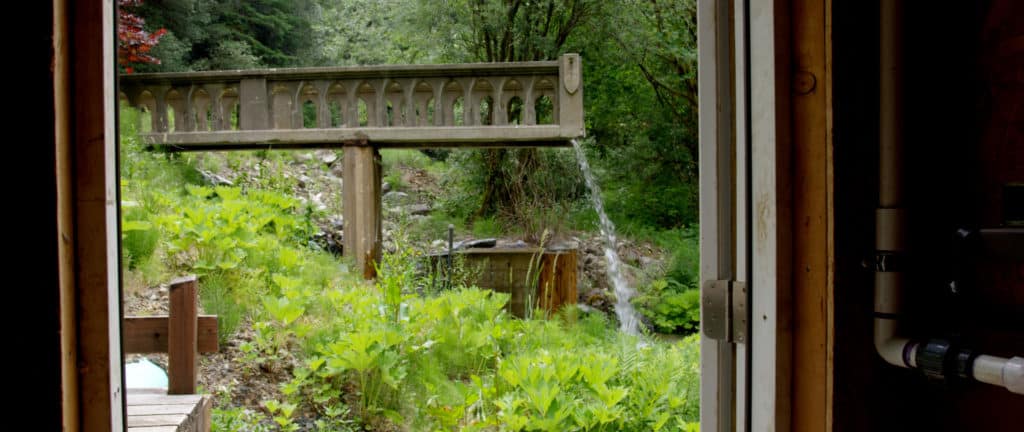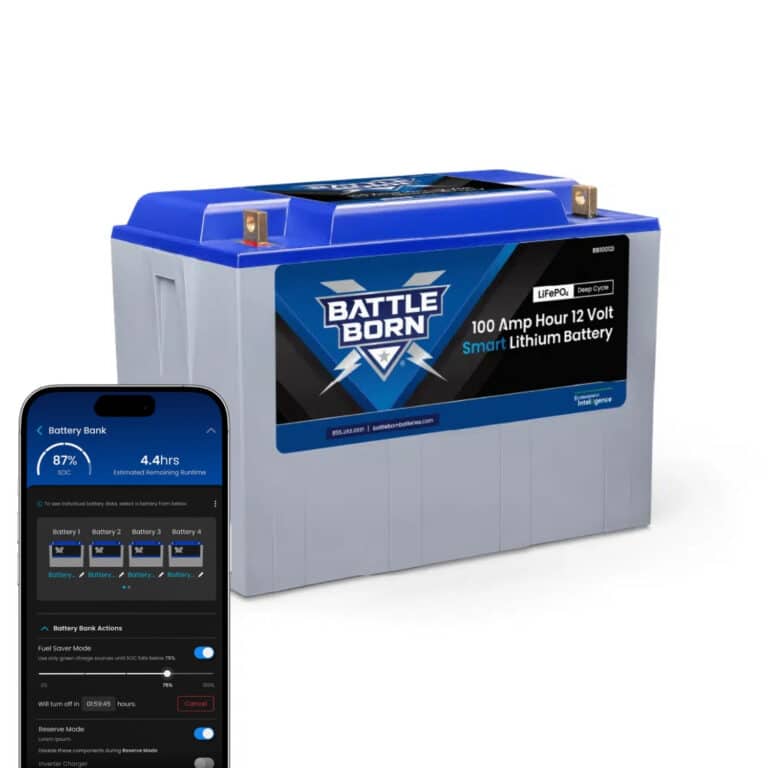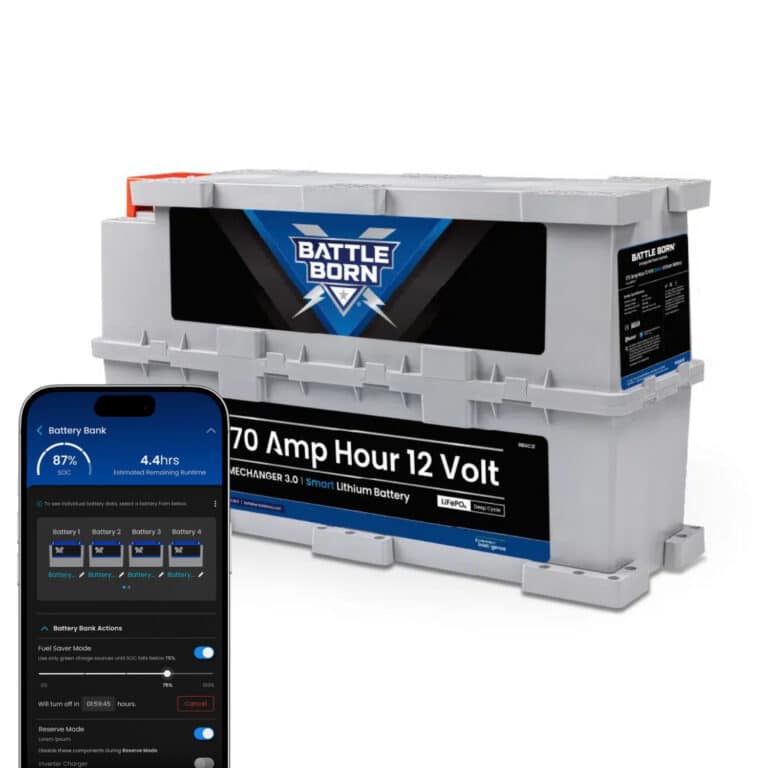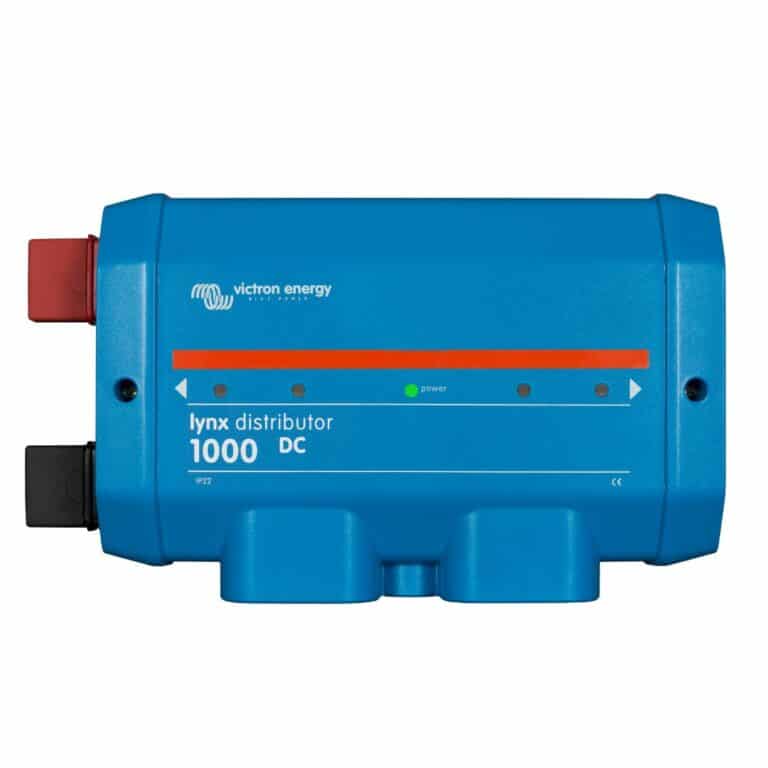
MENUMENU
TALK TO AN EXPERT
Special Hours: 7AM – 6PM PST
TALK TO AN EXPERT
Special Hours: 7AM – 6PM PST
You’ve likely seen homes with solar power systems. You can spot them easily, thanks to their solar panels. You may even be familiar with home electric systems that harness the breeze with windmills and other turbines. But these aren’t the only clean, renewable, off-grid-friendly power sources out there. For those in the right situations, microhydropower can be an incredible way to use the power of nature to generate electricity for your home or business. So let’s take a closer look at what you need to know.
Microhydropower is a smaller-scale version of traditional hydroelectric power systems. Typically, these larger systems use a dam to harness the flow of water. The water generates electricity as it rushes through, turning a turbine in the process.

As microhydropower is much smaller than commercial-sized hydropower operations, they’ll generally work to harness the power of water without the construction requirements of controlling the entire waterway.
Microhydropower systems will vary from location to location based on the details of how the water is falling or flowing. In one common style, a trench diverts some of the flow of water from the main waterway. This water flows through this trench or canal to a turbine or powerhouse, which the flowing water moves.
This trench then rejoins the main stream or river, returning the water to the same flow it came from, just further downstream. Others may operate using principles similar to the old-school waterwheel, where flowing water caught in the wheel’s sections forces it to turn, creating power.
Once the power is generated, it flows from the turbine either directly into a home electrical system or to batteries for later use. Often, a charge controller between the generator and batteries will help prevent overcharging or other issues.
By definition, a project is only considered microhydropower if it produces fewer than 100 kilowatts of electricity. By some metrics, it also must produce more than 5 kilowatts, below which it’s considered picohydropower. Most systems in this range will produce enough electricity to power an average home, provided the flow of water is constant over time.
→ How much power is in a kilowatt? Find out here.
Every microhydropower system includes five vital components without which they won’t operate. In many cases, microhydropower users add a few more we’ll discuss momentarily.
First, every system will include some way to convey water, either a trench, pipe, or other device. This conveyance will move the water to the turbine, waterwheel, pump, or other device. These devices take the motion of the water and change it into rotational mechanical energy. This rotational energy transforms into electricity via a generator or alternator. From here, you can use it like any other source of energy.
In many cases, microhydropower users will add a battery bank to store the power they don’t need immediately. This can help supplement power during periods of high usage or low generation. An additional charge controller will ensure these batteries aren’t damaged by overcharging.

Whenever you go off the grid, you have to think about batteries. Traditionally, people have used lead-acid batteries, which can work. However, the dangers of shorting out, leaking battery acid, releasing toxic gases, and short lifespans make lead-acid an antiquated technology for this modern power application.
Lithium batteries are quickly replacing lead-acid batteries for a plethora of reasons. From safety, to depth of discharge, to recharge cycles, to cost over a 10-year period, lithium knocks lead-acid out of the ring time after time. Home battery backup power really is possible with lithium.

They can be! Many microhydropower systems don’t require much water at all for power production to begin and can produce significant amounts of power with relatively little water. Certain styles, like reaction turbines, will be more efficient than others, like pumps, which are more likely to suffer damage.
From a financial perspective, microhydropower is very efficient! With each passing minute of water flow, your system gets more and more efficient on a per-watt basis.
→ Check out the other ways to power your off-grid home or cabin.
Microhydropower is an excellent choice for those with access to flowing water, but like all energy sources, it’s not perfect. For one, it’s simply not suitable for most locations. It can also be more complicated to set up than alternatives like wind and solar power, where you’ll find extensive resources and numerous installation companies.
As with other nature- and weather-based energy sources, users are always at risk of bad conditions reducing power generation. Finally, some environmentally-conscious power users may not want to impact natural environments to build their microhydropower systems.

Setting up a DIY microhydropower station isn’t as complicated or difficult as it sounds. In fact, you only need a few feet of elevation to produce enough force to get the juice flowing. The first step is to find a suitable site and plot out the various points of the system. This includes the location of the turbine and where the water enters and leaves the system.
Then comes the actual building and assembly. Some handier individuals may be able to do this themselves. Those who aren’t mechanically inclined may want to bring in a professional. Finally, you can open up the trench or channel that carries the water, allowing it to enter the fully constructed system.
Most estimates peg the total installed cost per kilowatt at roughly $4,000 to $6,000. This means, on the low end, you should expect a 5-kilowatt system to cost $20,000 to $30,000, including parts and installation. The largest microhydropower systems can easily reach into the six figures. However, most homeowners shouldn’t expect to spend more than $50,000 to $60,000. Systems larger than this will either be able to power significantly larger homes or businesses or produce excess juice that can be sold back to the utility company.
Keep in mind that these are all upfront costs. Microhydropower systems generally need little to no maintenance during ordinary operation, which can be true for years after installation. Therefore, you can be relatively confident that the price you pay to buy and install your system represents the actual cost to operate over time.
We know that building or upgrading an electrical system can be overwhelming, so we’re here to help. Our Reno, Nevada-based sales and customer service team is standing by at (855) 292-2831 to take your questions!
Also, join us on Facebook, Instagram, and YouTube to learn more about how lithium battery systems can power your lifestyle, see how others have built their systems, and gain the confidence to get out there and stay out there.
Shop Best Sellers








Ask a technical specialist now at 855.292.2831
Stay in the Know
Take our short Customer Survey for a chance to …
WIN a $300 Visa Gift Card